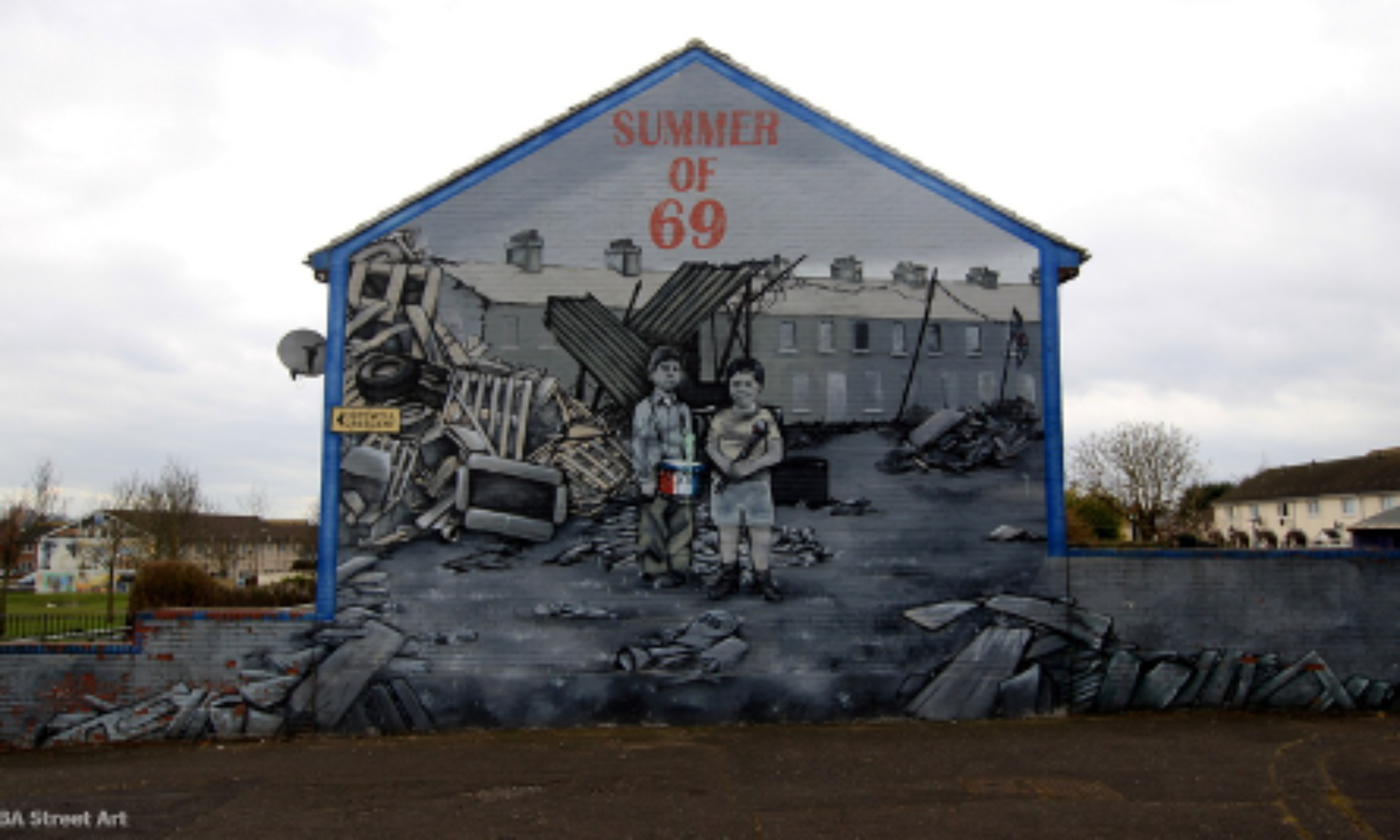Today in class, the main discussion revolved around the visiting guest lecturers that talked with us. To me, the idea that stuck out the most was that the revolutions and riots surrounding the 68 period still influence the actions of others today. Although there are of course parallels between Black America and Ireland during this time, both of their ideals have contributed to the protests ongoing today. For example, today was the day that many people at Notre Dame chose to protest against the systematic inequality that African Americans experience not just in the United States but at the University of Notre Dame. Students at Notre Dame aim to bring their message about peacefully. Using the internet to their advantage, students shared their ideas through Zoom at the beginning of every class they attended for the day. This lasting impact, of course, goes beyond the Notre Dame community. There are peaceful Black Lives Matter protests throughout the world.
The speakers from last week told us that they still thought of themselves as radicals. They still carry their ideas from the past with them today, influencing how they live their lives. I believe that since one can see the impact that the protests and revolutions of 68 had, it is also important to look to the origins of the 68 era. These origins were discussed with Matthew Reilly. In a broader sense, I think that the discussions we have had both today and throughout the class thus far show that no one event is truly singular. Every movement has its connections to the past and its contributions to the future. Black Lives Matter protests have connections to the Civil Rights Movement and will most influence future generations’ attempts to bring about equality.
